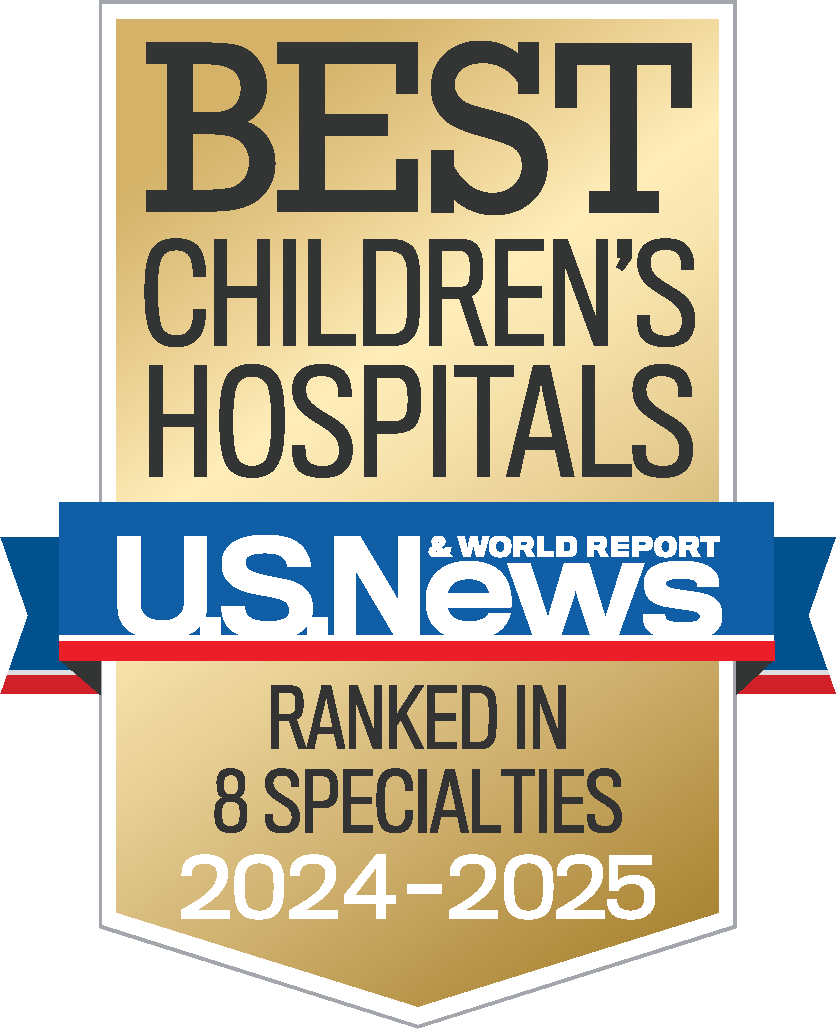What is venous thromboembolism (VTE)?
- VTE is a blood clot that can form inside the deep veins of the arms or legs, as well as in the lungs or brain.
- Blood clots form when blood cells clump together and form a plug in the vein. This reduces bleeding and blocks fresh blood from flowing past the area of the clot.
- A blood clot can be life-threatening, especially if it travels to the lungs, heart or brain.
Is my child at risk for VTE?
- Children who are not mobile or have certain medical conditions may be at risk for VTE.
- The medical team will look at your child’s risk for VTE.
- High risk patients will receive further education from the doctor or nurse.
What are some risk factors for VTE?
- Central venous lines (Broviac, port-a-cath, PICC, Hickman)
- Surgery
- Cancer
- Decreased movement (immobility)
- Trauma
- Obesity
- History of clots
What are the signs of VTE?
- Swelling, pain or redness of an arm or leg
- Chest pain
- Shortness of breath or trouble breathing
What are some ways to prevent VTE?
Talk to your nurse first.
- Get out of bed.
- Stay hydrated.
- Practice exercises to prevent stiffness.

